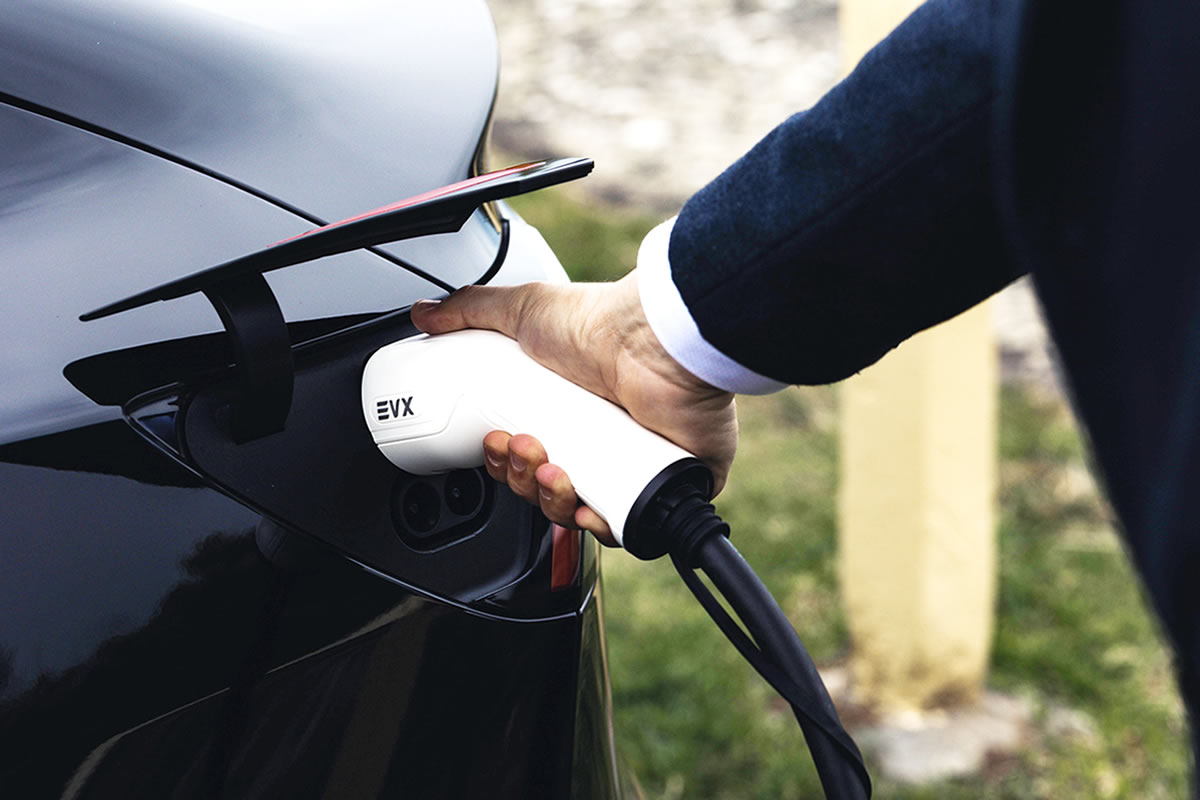The automotive landscape is undergoing a transformative shift, not only in terms of propulsion but also in the realm of maintenance costs. As the electric vehicle (EV) revolution gains momentum, one compelling aspect that adds to their allure is the lower maintenance costs compared to traditional internal combustion engine (ICE) vehicles. Let’s check out the factors contributing to this cost advantage and why it makes EVs an increasingly economical choice for the modern driver.
Fewer Moving Parts, Less Wear and Tear
Traditional vehicles, with their complex internal combustion engines, consist of numerous moving parts that are prone to wear and tear. In contrast, electric vehicles have a significantly simpler structure. EVs are driven by electric motors, which have fewer moving components, leading to reduced friction and less frequent maintenance requirements. The absence of a conventional gearbox further contributes to the streamlined and durable nature of EV drivetrains.
Brake System Efficiency
EVs commonly employ regenerative braking systems, converting kinetic energy back into electrical energy during deceleration. This innovation minimises reliance on traditional friction brakes, resulting in less wear on brake pads and a prolonged lifespan. Traditional vehicles, on the other hand, often require more frequent brake replacements due to the wear incurred during conventional braking.
Fluids and Filters
Traditional vehicles rely on a range of fluids such as engine oil, transmission fluid, and coolant. Additionally, they utilise various filters to ensure the cleanliness of these fluids. EVs, being electrically powered, eliminate the need for many of these fluids. This reduction simplifies maintenance routines and diminishes the associated costs.
Simplified Engine Structure
The internal combustion engine in traditional vehicles is a complex assembly of parts that necessitate regular servicing. In contrast, the electric motor in EVs is a more straightforward and durable component, requiring minimal maintenance. The elimination of components like exhaust systems, spark plugs, and fuel injection systems further contributes to the streamlined and cost-effective maintenance of EVs.
Software Updates vs. Mechanical Repairs
Modern EVs often receive over-the-air software updates that enhance performance, efficiency, and safety. These updates can be seamlessly implemented without a visit to a service centre. In contrast, traditional vehicles may require extensive mechanical repairs to address performance issues, making EV maintenance not only cost-effective but also convenient.
The shift towards electric vehicles extends beyond environmental considerations; it’s becoming an economically sensible choice for consumers. Lower maintenance costs, attributed to simpler drivetrains, regenerative braking, and reduced reliance on fluids, make EVs an appealing option for those looking to minimise the long-term financial commitments associated with vehicle ownership. As the automotive industry continues to evolve, the cost advantages of electric vehicle maintenance position them as a compelling and sustainable choice for the future.
If you’re looking to make your next vehicle an EV, we’re here to support you with our EVX Polecharger. Find our locations here.


